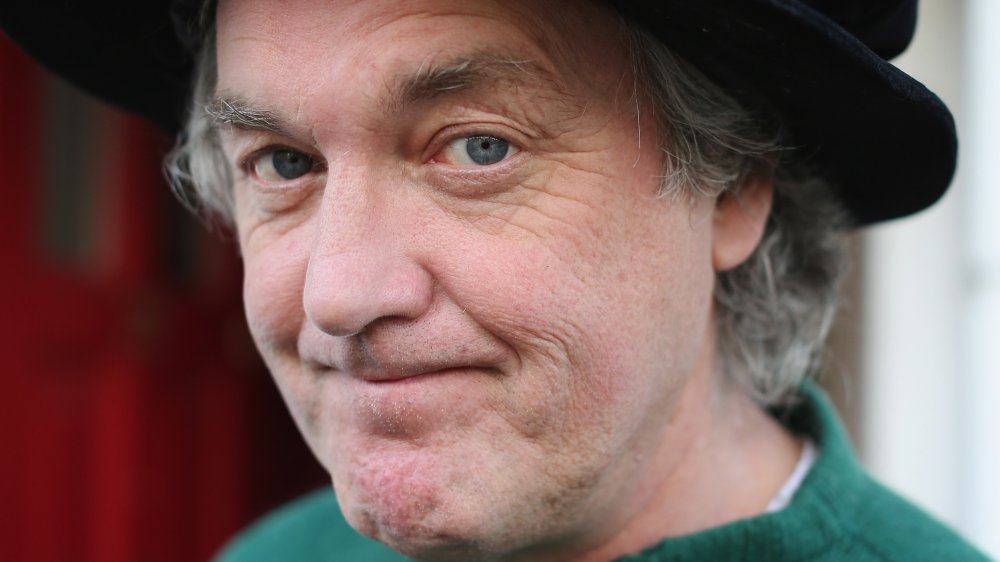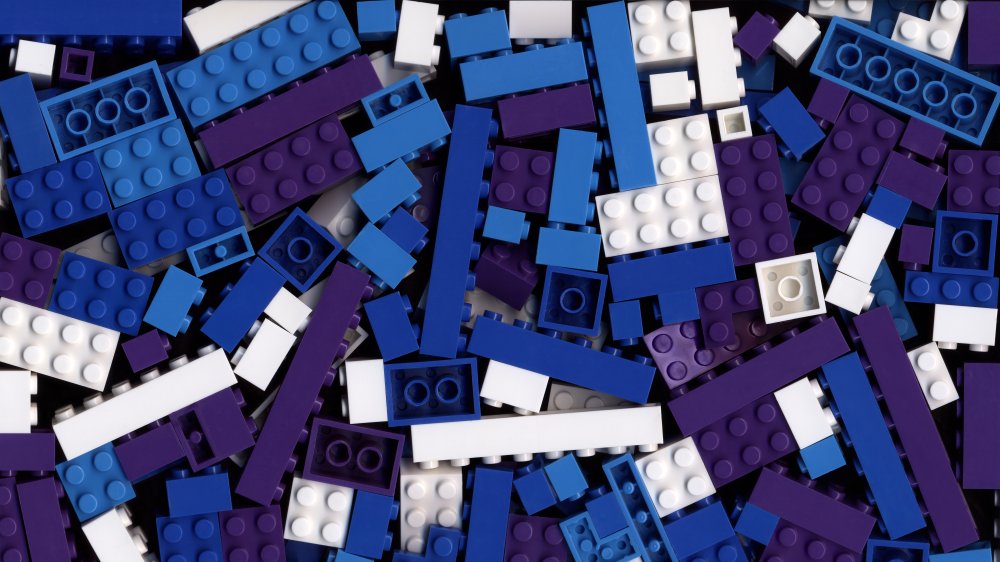The Truth About The House Built Entirely From Legos
"For too long now we have regarded the great toys as mere playthings. It's time to use them to bring people together and achieve greatness. And I bet it'll be a right laugh as well." This was the premise with which James May, a television presenter known for his appearances on the English series Top Gear, approached the BBC. For six episodes, he would take a toy — Legos — and repurpose it to achieve a real life goal on a grand scale.
In episode five, he used millions of Lego bricks and the assistance of thousands of people to build a two-story house, crafting everything from the structural beams to the furniture to the toilet out of Lego. There were rules, he told the BBC in another interview: "Things like power supply, sanitation and plumbing coming into the house are as they could be for a real building ... everything within my Lego house must as far as possible be Lego." Otherwise, it wouldn't be a Lego house, but merely a preexisting house decorated with Lego, which went against the entire spirit of the project — to see how far he could push the creative tools we give children.
As the construction drew to completion, the BBC further reported, May expressed interest in using the house as a house — because, again, the project would be pointless otherwise: "I'm planning to stay there for two or three days, or until it falls down — whichever is sooner."
The house that May built
In the end, May pulled it off. He both built and successfully inhabited a human-sized Lego house. (Pictures of the final project can be found on the website of Lightplan, the lighting design consultancy who helped May with the lighting of his house.)
In an interview with The Guardian, May talked about how he survived a night on a Lego bed, the kid friendly version of a bed of nails, by quaffing wine: "The bed was pretty hard but the house was better than a tent. I spent most of the evening playing with the mood lighting and marveling at the beauty of Lego furniture because it's all so bright."
The story ends sadly, however. The house was built in a vineyard and the vinter who loaned the land for the project needed it back in time for the harvest. May didn't own a garden big enough to house the, well, house, and turned his attention to trying to find a buyer. None came. Even Legoland refused. So, as widely reported by media outlets, including the BBC, the house had to be demolished. "We have looked at various options," Legoland Windsor's Martin Williams explained, "but unfortunately due to the costs and logistics of moving and re-building the house at Legoland, we are unable to proceed with this project." Still, one of the points of Lego is creativity. And taking it all apart. And then building some new.

